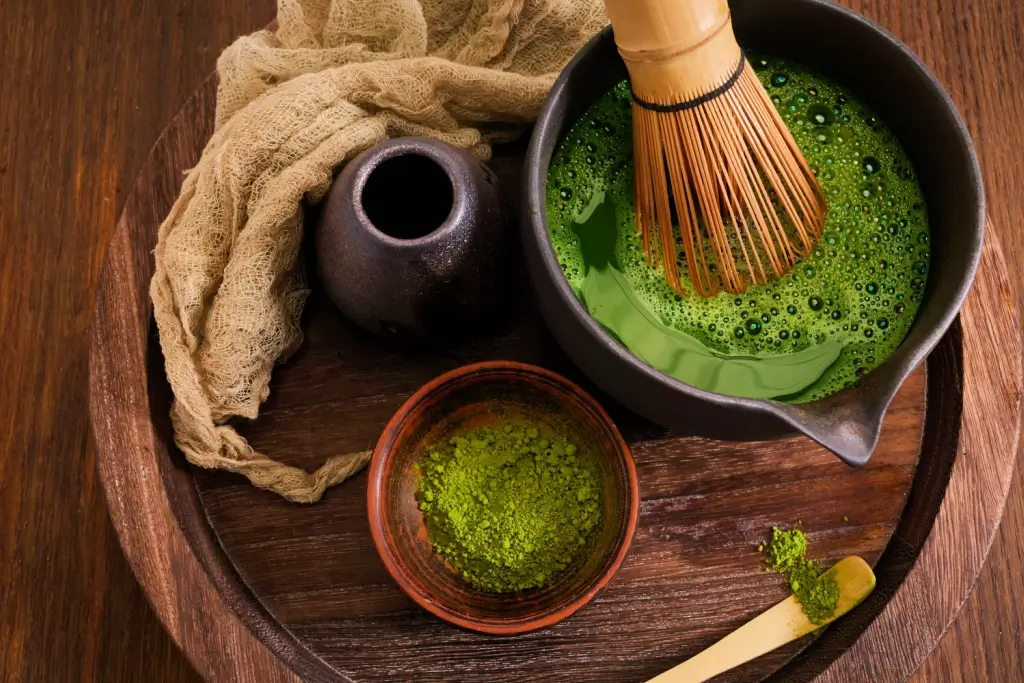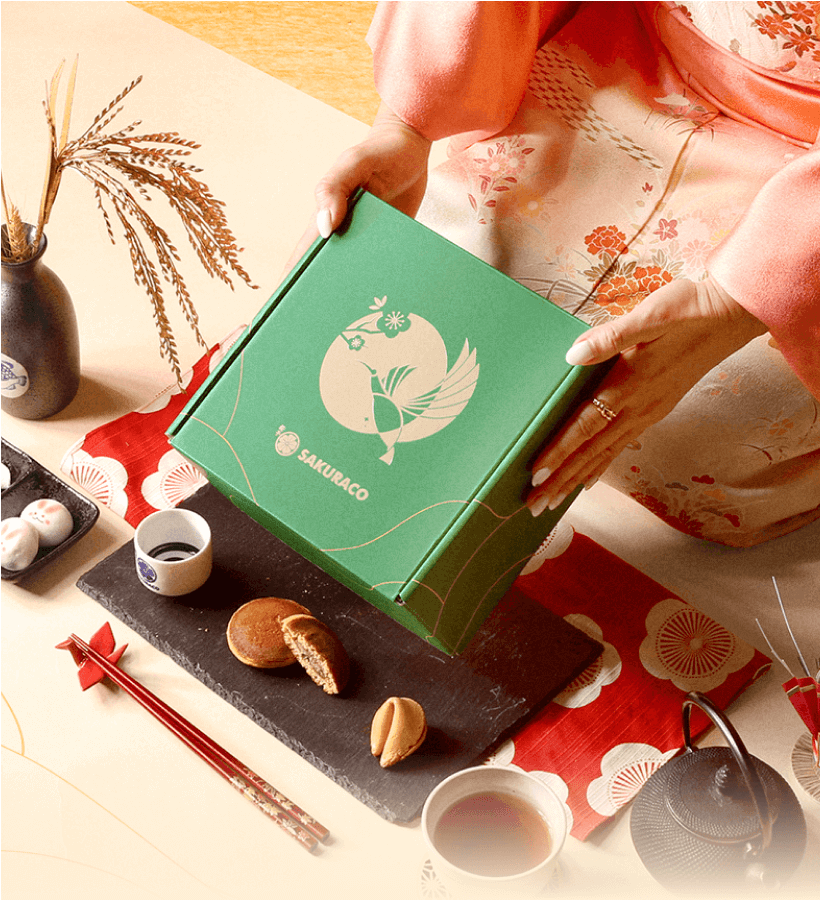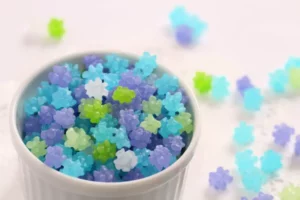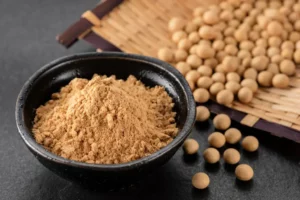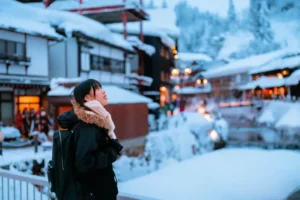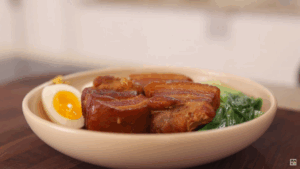Japan is often linked with peaceful gardens, quiet temples, and wooden tea houses where a graceful tea ritual occurs. This is chanoyu (the Japanese tea ceremony), a practice that is much more than drinking Japanese green tea. Starting with Zen Buddhism, which has been refined over centuries, it combines art, religion, philosophy, and social life into one mindful tradition.
Every gesture, movement, and tool carries meaning, creating an atmosphere of harmony and reflection. Knowing the story of chanoyu helps one understand Japan’s culture and history. Keep reading to explore how this timeless tradition began and still inspires today’s world.
Table of Contents
ToggleTea Arrives in Japan
The Japanese tea ceremony began in the Heian period (794–1185), when Buddhist monks brought tea from China. At first, monks drank tea as medicine and to stay awake during long hours of meditation. This early tea culture was tied to Zen Buddhism, where preparing tea helped focus the mind and spirit. By the Kamakura period (1185–1333), tea drinking spread to warriors who valued its link to discipline and clarity. Samurai (warrior class) embraced tea in their training, using it to practice balance and mindfulness.
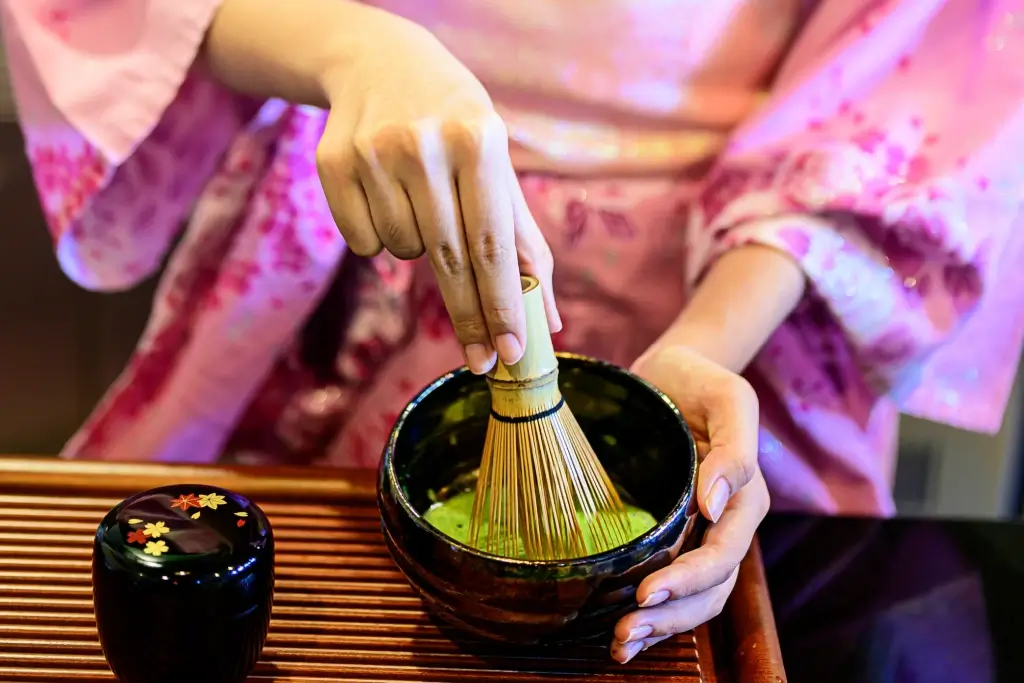
From Luxury to Ritual
During the Muromachi period (1336–1573), tea changed from a luxury for nobles into a formal practice. At first, people joined tocha (tea-tasting) parties, where they tasted tea and guessed different kinds. These gatherings often showcased Chinese art and treasures, symbols of wealth and style. Over time, tea masters preferred simplicity, humility, and natural beauty instead of extravagance. This new focus created the philosophy at the center of chanoyu.
Are you looking for snacks to pair with your afternoon tea? Then check out Sakuraco! Sakuraco delivers traditional Japanese snacks, sweets, teas, and more from local Japanese makers right to your door!
Sen no Rikyū and the Way of Tea
The most crucial figure in the history of the Japanese tea ceremony is Sen no Rikyū. He built on the work of earlier masters like Murata Jukō, turning tea into a spiritual and artistic experience. Rikyū created wabi-cha (rustic tea), which valued simplicity, imperfection, and natural beauty. He introduced small, plain tea rooms with low entrances. Everyone, no matter their rank, had to bow to enter. This made the space feel equal and humble.
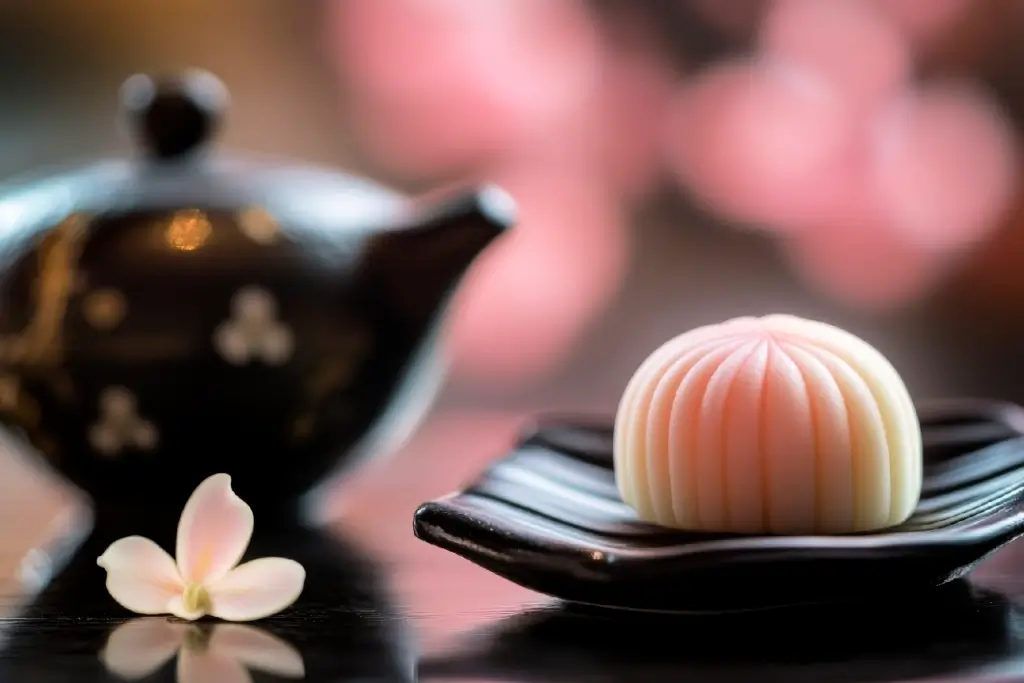
Rikyū also taught the four main ideas of chanoyu. First is wa (harmony), which means balance between people, tools, and nature. Next is kei (respect), which is all about showing gratitude to everyone and everything. Then, sei (purity) refers to cleansing the body and mind through the ritual. Finally, jaku (tranquility) is about finding inner peace through tea. These principles turned tea drinking into a way of tea, a practice blending art, spirit, and social connection.
Tea as an Art Form
By the Edo period (1603–1868), the Japanese tea ceremony was a key part of cultural life. The shogunate (military government) and samurai encouraged tea gatherings to build discipline, manners, and appreciation of beauty. Tea houses were carefully designed with gardens, pathways, and details that inspired reflection before entering the tea room.
Tea utensils like bowls, whisks, and kettles became treasured art pieces. Many were handmade with imperfections, showing wabi-sabi (beauty in imperfection). Even arranging flowers or selecting a scroll for the tokonoma (decorative niche) became essential parts of the ceremony.
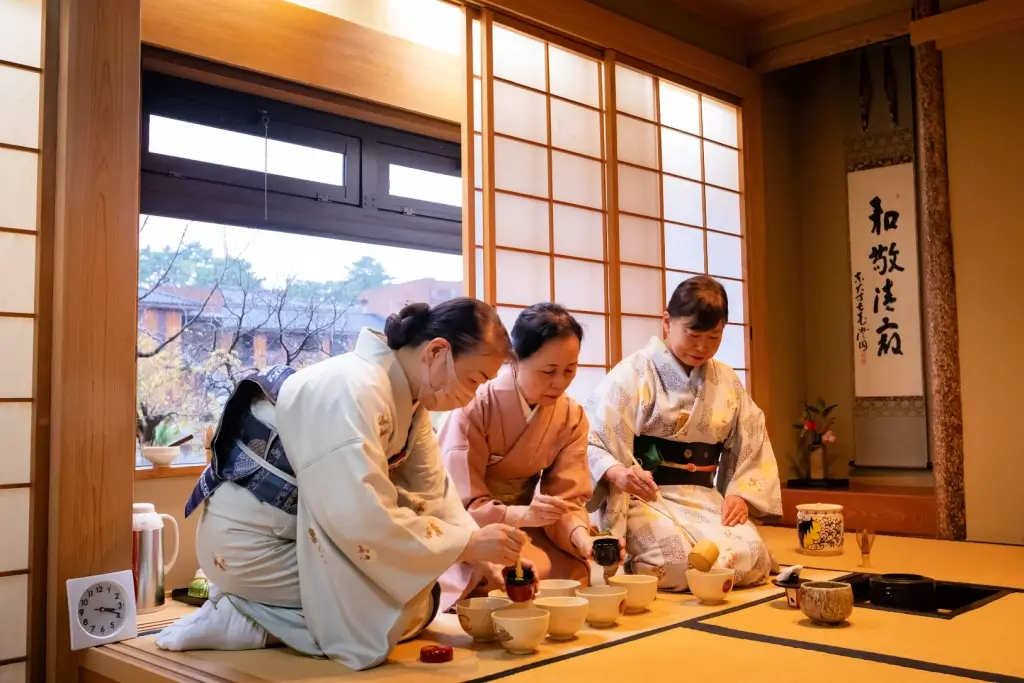
Modern Transformations
During the Meiji period (1868–1912), Japan opened to the world, and traditions faced significant changes. But chanoyu survived as a proud symbol of Japanese culture. Tea schools like Urasenke, Omotesenke, and Mushanokōjisenke grew, each teaching the practice in their own style.
Today, chanoyu is still alive in Japan and beyond. Most people don’t do it daily, but it’s still a treasured art. Modern tea gatherings often mix old traditions with fresh creativity. Still, the core ideas of harmony, respect, purity, and tranquility always guide the practice.
More Than Just Tea
The Japanese tea ceremony is not about thirst; it’s about sharing a calm, mindful moment. Every detail, from placing utensils to whisking tea, helps people focus on the present. In today’s fast-moving world, chanoyu reminds us of the beauty of slowing down. It invites us into a space where simplicity is valued, nature is noticed, and human connection is celebrated.
Where can I enjoy chanoyu in Japan?
Kyoto
Kyoto is often called the birthplace of chanoyu, and it’s still the best place to enjoy it. Many tea houses hide in temple gardens, old wooden townhouses, and peaceful little side streets. Visitors can watch or even join a ceremony at Urasenke, one of the most famous tea schools. You can also sip tea at iconic spots like Kiyomizudera Temple or in the historic streets of Gion.
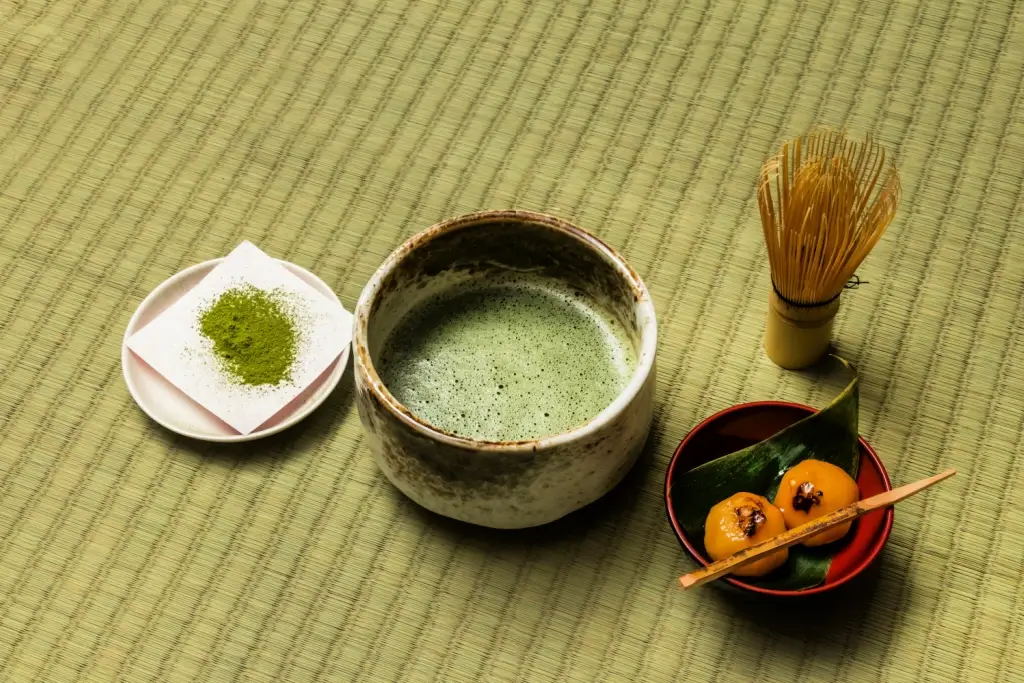
Tokyo
In Tokyo, chanoyu mixes perfectly with the fast rhythm of modern city life. You can try tea ceremonies in cultural centers, museums, or charming cafes with modern twists. At the Nezu Museum or the Happo-en garden, enjoy a peaceful tea break in the busy city. Tokyo also lets beginners learn tea basics, making it an easy and fun place to start.
Kanazawa
Kanazawa is a calm city on Japan’s west coast with a strong tea tradition. Samurai families once practiced tea ceremonies as part of everyday life. Today, you can sip tea in Kenrokuen Garden, which is surrounded by ponds, flowers, and bridges. Traditional houses in old samurai and geisha districts invite visitors to enjoy tea in historic settings. Every cup here blends nature, history, and art into one peaceful experience.
Why the Japanese Tea Ceremony Still Matters Today
People embrace chanoyu because its history is full of transformation. It began as a simple medicinal drink. Later, it was adopted by warriors and nobles, before Sen no Rikyū shaped it into a spiritual art. Over time, it reflected both Japan’s changing society and its timeless values. Even today, joining a tea ceremony gives more than just a taste of matcha (Japanese green tea).
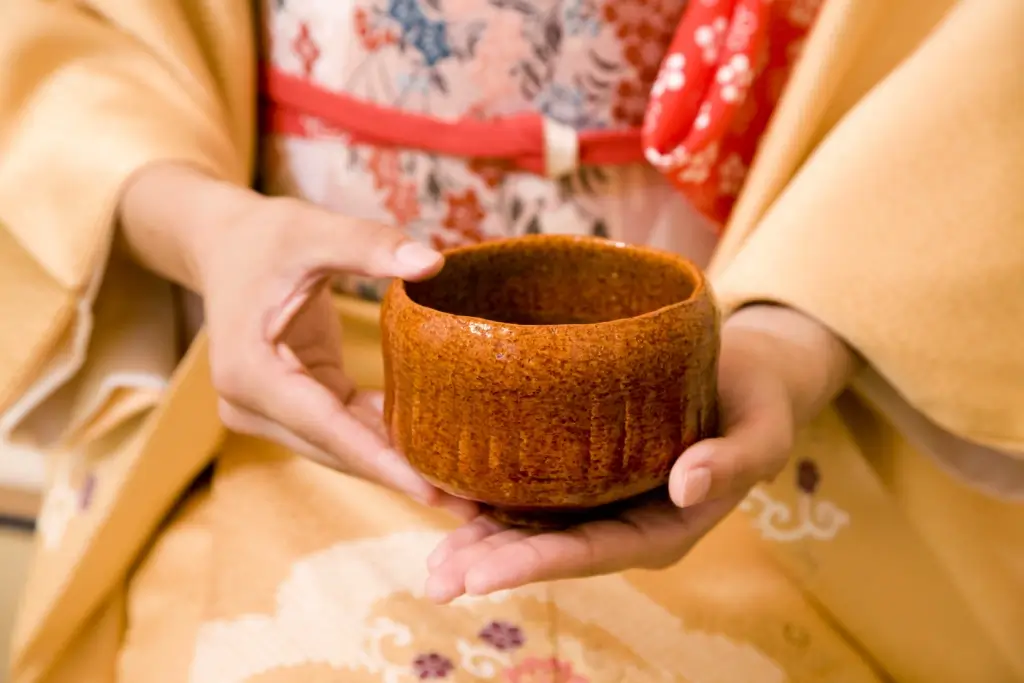
It also offers a philosophy of life where harmony, respect, purity, and tranquility guide each action. The Japanese tea ceremony remains a bridge between past and present, inviting everyone to savor tea and the moment. Have you ever experienced a Japanese tea ceremony or want to try one someday? Which part of chanoyu—harmony, respect, purity, or tranquility—inspires you most? Let us know in the comments below!

